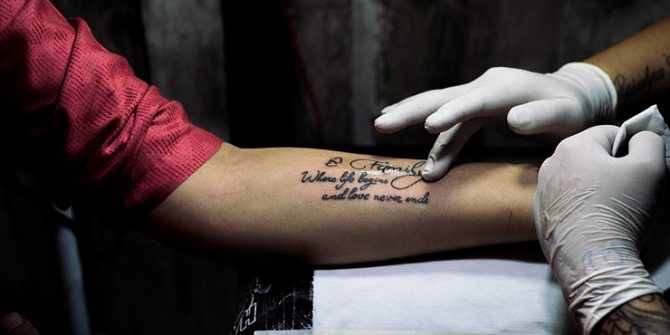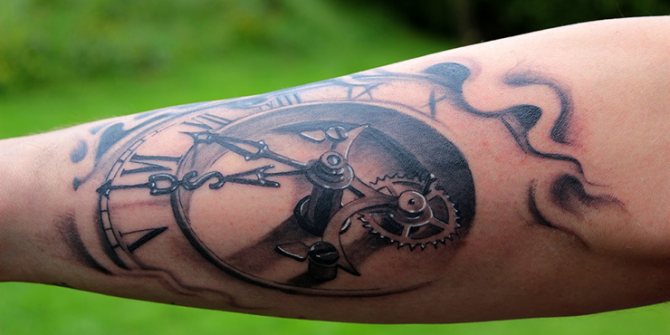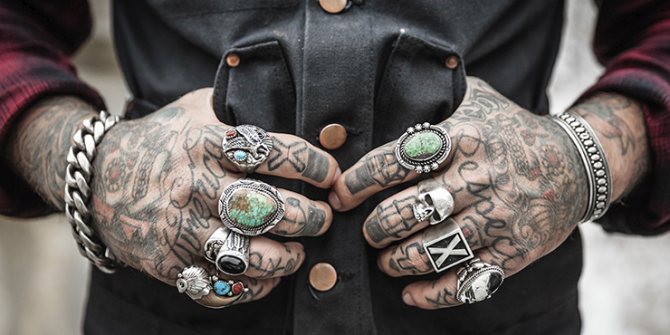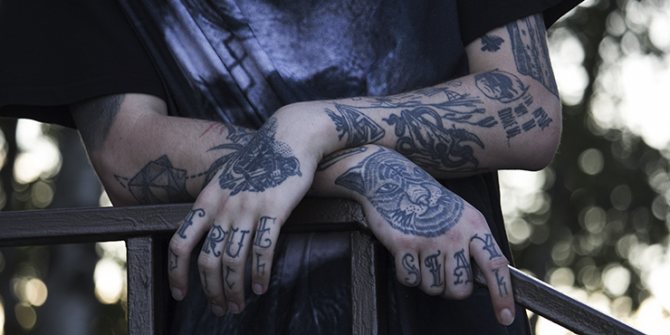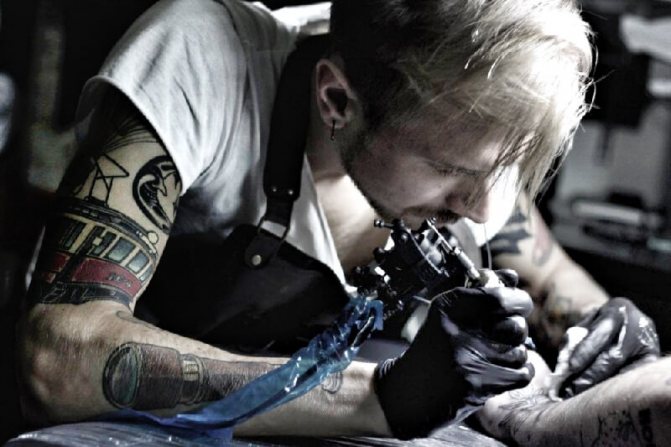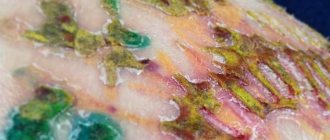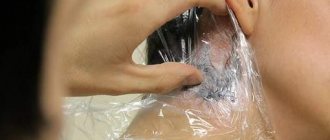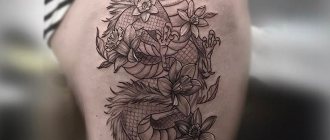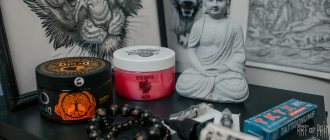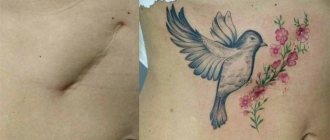Drawing on the skin is not only a work of art, but also a real stress for your skin, as it is inked with a needle.
- NewsTattoo artists told about the most annoying customer requests (poor masters)
And to avoid encountering infection and serious health problems, it's important to learn how to care for your tattoo.
The first step to success is to find a specialized studio and an experienced master who will do his job professionally, protecting you from the risk of infection during the process of drawing. Once he's done, the responsibility of caring for the fresh wound shifts to you.
So what is the care of a tattoo after tattooing? Now we will tell you.
How to take care of a tattoo: 8 tips
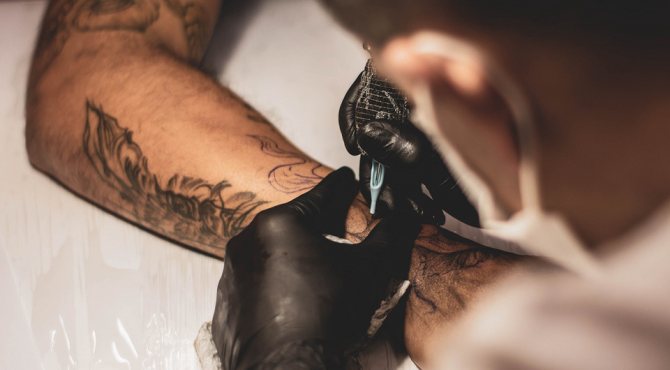
Follow your master's advice
Tips for taking care of a fresh tattoo will vary from studio to studio, and sometimes even artists in the same salon will have different ideas about what works best for it.
Listen to the instructions your master will give - most of them also have flyers with their personal tips that you can take away with you.
A few hours after the session is over, rinse the tattoo
Once the master has finished the tattoo, he will apply a thin layer of a special product to it and cover the area of skin with the design with a bandage or plastic wrap. This is to prevent bacteria from getting into the fresh wound, which at this point is the tattoo.
Such protection will also prevent friction of the inflamed area against clothing, which can increase irritation. Wait a few hours before removing the bandage. During this time, the excess ink and plasma (the clear part of the blood) will be absorbed into it. By the way, that's what you'll see when you remove the film.
- Fashion"Yes, it hurts": 11 silly questions for the tattoo artist (you definitely wanted to ask them)
Don't be frightened - it's perfectly normal, as well as the fact that your skin will be warm and red. Most masters will advise leaving a protective bandage on the tattoo for the first 2-5 hours.
Care for the tattoo after the healing film is removed is that you need to gently rinse the damaged area with warm water and mild liquid soap.
Apply a thin layer of an odorless moisturizer
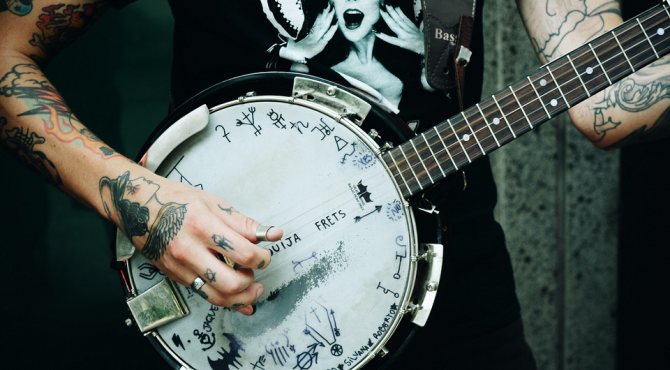

After you've rinsed the tattoo, apply a thin layer of fragrance-free moisturizer to it. You can ask the master in advance what brand he recommends to use.
Then you can either cover the area with the drawing again with film/gauze or leave it open, depending on what your artist says. As a rule, studios advise to repeat the process of tattoo cream treatment 3-5 times a day.
Keep the tattoo dry and clean
Tattoo care in the first few days also includes taking care to keep the body area with the tattoo clean and dry. Avoid prolonged contact of the area with water for at least a month (showers are okay, baths are not).
If your clothes might rub the tattooed area, keep it covered with gauze, clingfilm, bandages or a bandage.
Avoid direct sunlight.
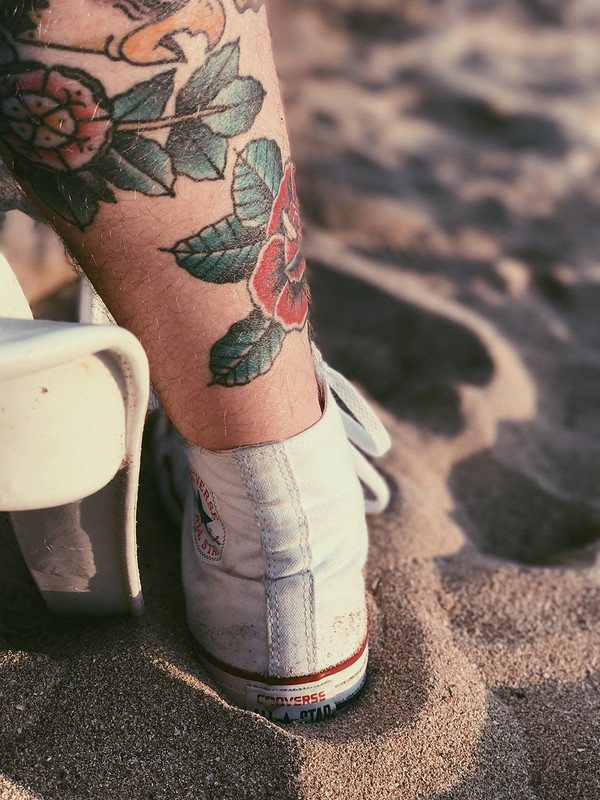

Avoid exposing the tattooed area to direct sunlight if possible. Healed tattoos, especially colored ones, can fade in the sun. After they are fully healed, make sure that when you go outdoors, the areas of skin with tattoos are always completely covered with a sunscreen with a high SPF (sun protection factor).
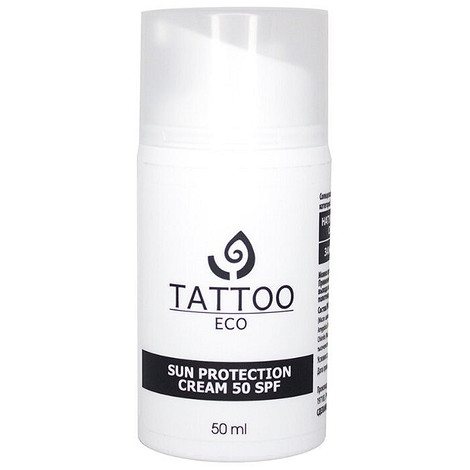

Sunscreen for tattoos SPF 50
800 rbl.
Buy
Be patient
The healing time depends on the characteristics of your body and the size of the tattoo. It can range from a week for simple small line drawings to several months for complex large tattoos.
- FAQsOne day in the life of a Siberian tattooist (and no, he doesn't tattoo bears)
Continue to follow the skin care instructions for as long as the artist tells you to, and make sure the tattoo is well hydrated and stays clean. Plus, for a few months after that, avoid using skin products with abrasives, as well as heavy use of scrubs and loofahs.
Don't scratch the tattoo (even if you really want to)
When a tattoo heals, it may flake or itch slightly. Don't be tempted to scratch it, as this can remove the ink from the skin and cause the integrity of the design to be compromised. If your skin itches a lot, don't scratch it - you can slap it lightly instead.
This discomfort may persist for the first few weeks or so, and then the itching should go away.
However, if the tattoo continues to itch, redness appears around the design and the skin burns, be sure to consult with your handyman and see a doctor if necessary. You should do the same if the bleeding in the tattoo area does not go away after a day after the end of the drawing.
Don't forget to renew your tattoo.


If you have followed the advice and the design has faded quickly, go back to the studio and the artist will retouch it for free.
Since bad tattoos and service negatively affect a studio's reputation, it will be in the artist's best interest to make sure you're happy with the final product.
And even if the tattoo was done well, after a few years its appearance may still change - so if you notice that the tattoo has faded, make an appointment at the salon for retouching and refinishing.
When does peeling appear?
Every person is different and so is the healing process. Some people may peel in a day, while others may go through a week and rejoice in their new, well-groomed tattoo.


Knowing that peeling is a normal process, overcoming the healing time will be easier. Especially since it will take about a week: this process lasts differently on different parts of the body. So if you have already had the experience of fairly rapid healing on soft areas, you should know that the next tattoo on the wrist or elbow may take much longer to heal. By the way, a healed tattoo can become inflamed again. This is also normal and will go away faster.
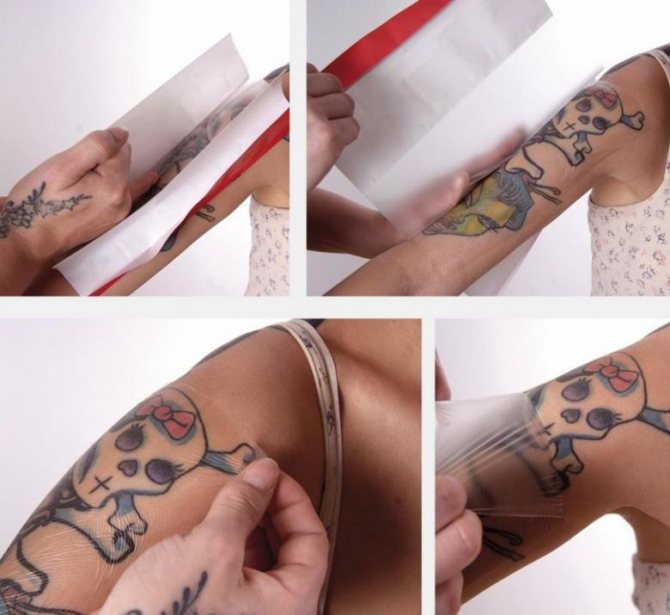

What you can't do after getting a tattoo


Besides the bandage and the tattoo treatment with a special cream, you have to make some adjustments to your lifestyle at first. For how long, your tattoo artist will tell you. Here are four basic rules about what not to do if you have a fresh tattoo.
- Don't apply sunscreen to an unhealed area of skin.
- Avoid scratching the tattoo.
- Do not wear tight clothing over the tattoo.
- Do not go to the swimming pool, sauna, or bathing in the river, sea, or pond.
Why is my skin flaky?
The skin only appears at first glance to be one and indivisible part of the body. In fact, the skin loses thousands of cells every day and they are replaced by new ones. Usually people do not notice such a property of the skin: microscopic particles are completely colorless, and the loss itself is absolutely not noticeable.
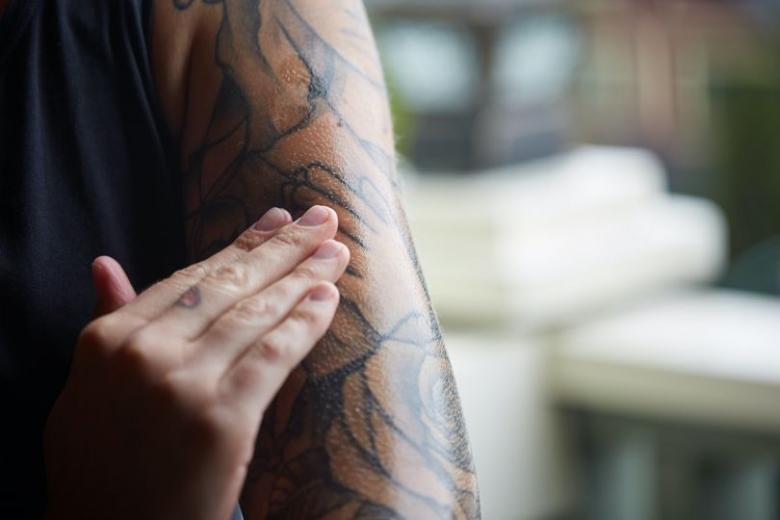

People with dry skin, in which this phenomenon has long been the norm, can best imagine the process. But they are not going to worry about this issue, taking timely measures.
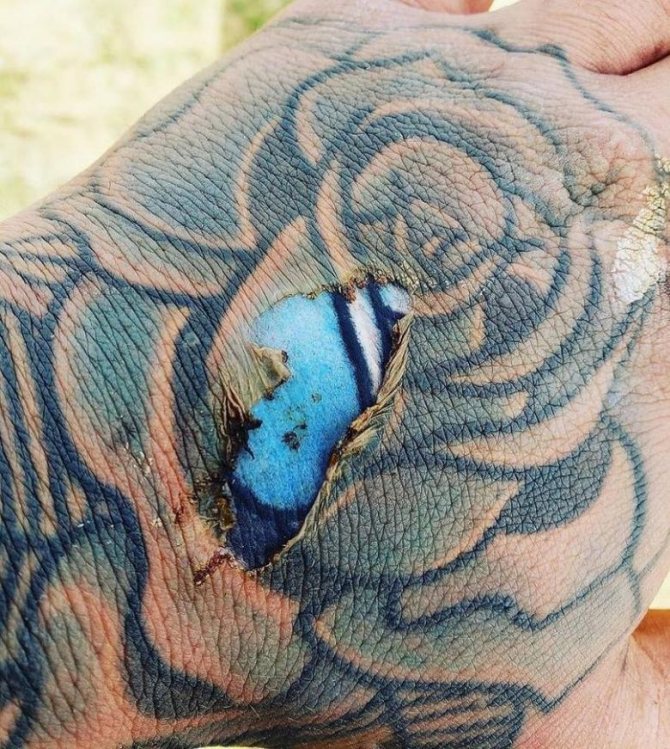

For those who are afraid that along with the skin comes the picture, you should know that the paint is applied too deep under the epidermis, by itself the tattoo will not come off. Unless, of course, there are certain actions.
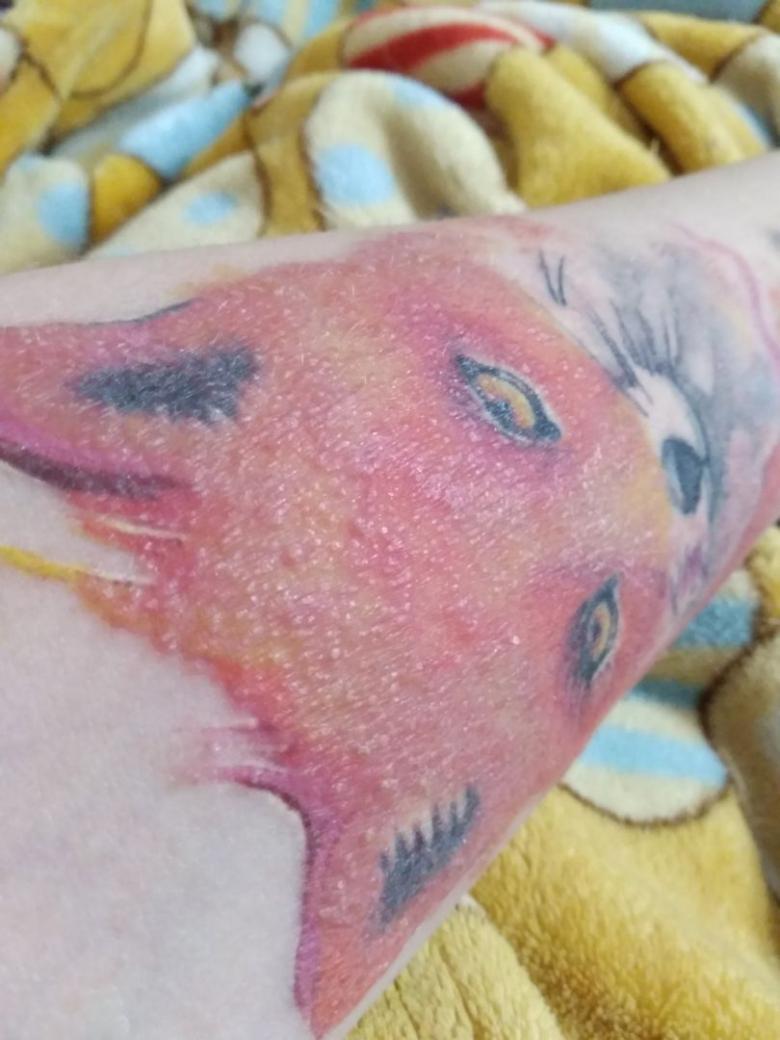

Products for tattoo care
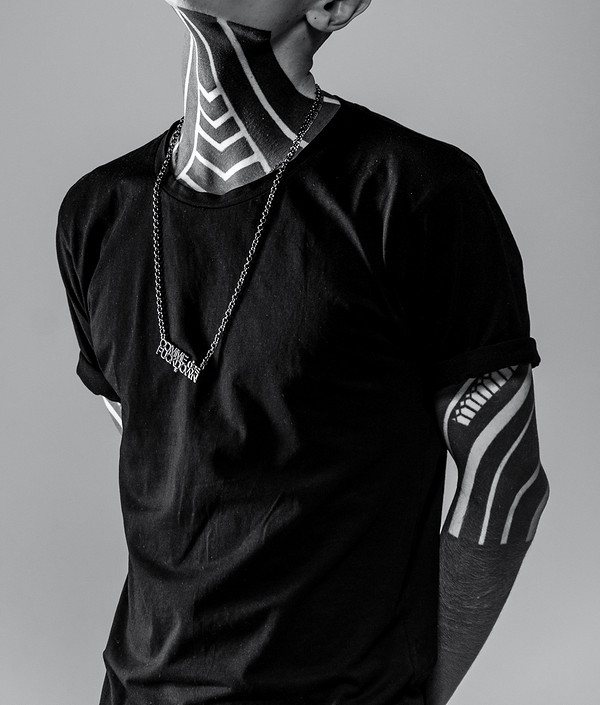

So, how to care for a tattoo, we have discussed. But here is the question - what products to use? To wash the damaged area, use a mild soap without odor or a special treatment foam that does not contain sulfates and alcohol and will not cause irritation.
There are many kinds of gels and creams on the market to care for and speed up tattoo healing. You can consult your masseur or choose a product that contains natural ingredients that help to regenerate and moisturize the skin.
Among them: chamomile, walnut or sage extract, tea tree oil, shea butter (shea butter) and almond oil.
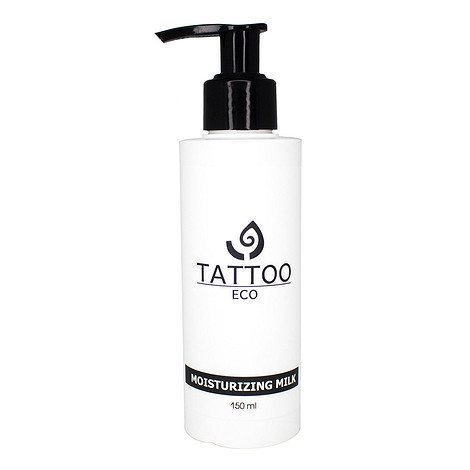

Moisturizing Body Milk for Tattoo Care
280 rubles
Buy
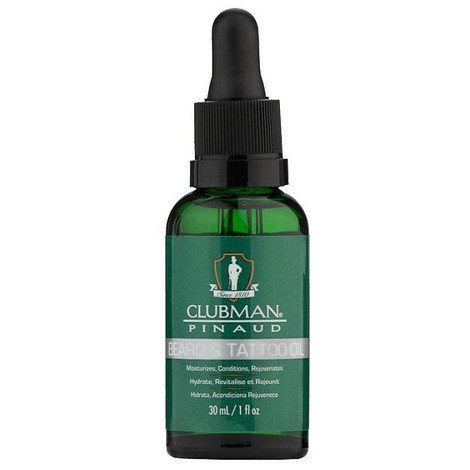

Oil for beard and tattoos
897 rubles
Buy
Whatever you choose, make sure it's fragrance-free and free of additives like colored dyes that can dry out your skin. Apply only a thin layer, or else you'll clog pores.
Another common tattoo care product is natural coconut oil, which also helps heal wounds and moisturize the skin. However, we suggest making sure you're not allergic to it and consulting a dermatologist before you start applying it to your tattoo.
Flaking is normal
To understand the process of peeling and inflammation, you can try pricking your finger with an ordinary sewing needle. Such a wound takes quite a long time to heal. In the process of drawing the entire area of the body will be covered with thousands of wounds, turning into a large wound.
There will be no limit to the perturbation of the skin. To speed up the healing process, the brain will give the command to the intact cells to start the process of accelerated regeneration. As a result of such measures, the damaged areas will begin to be displaced by living, healthy cells. Again, you can draw an analogy with knees, when the sore finally fell off, and the soft skin underneath was found.
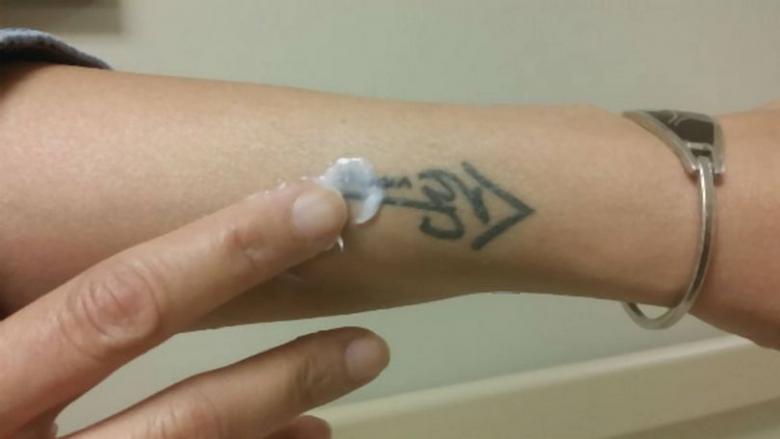

There is also the automatic replacement of skin cells, which goes on independently of the individual.
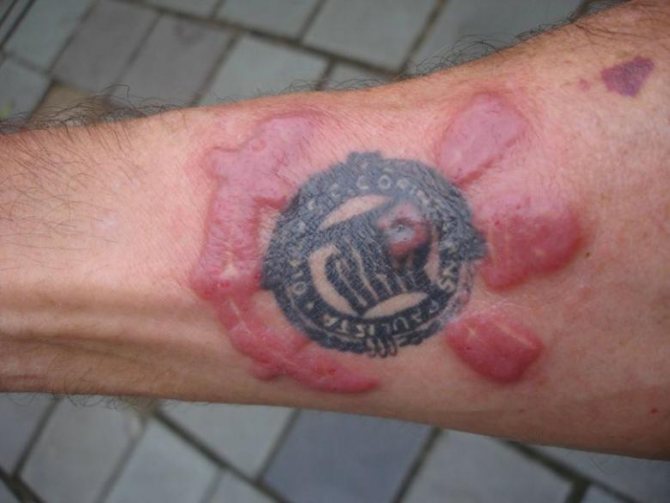

Potential side effects and complications


Risk of getting an infection.
As soon as the handyman finishes the job, the area of skin where the pattern is applied will be sore, itchy, bleeding, and inflamed. This is completely normal, as is the plasma oozing from the wound.
We advise you to see a doctor immediately if these symptoms persist for more than two weeks, or if pus appears on the tattoo.
Risk of contracting something.
Because of reused and improperly sterilized equipment or contaminated ink, it is theoretically possible to contract hepatitis B, hepatitis C, tetanus and HIV.
That's why it's so important to be responsible about where you get your tattoo done. Be sure to make sure the studio is properly licensed.
- FashionWhere does it hurt the most? Worst and best places for tattoos in terms of pain and durability
Risk of allergies
Be prepared, too, that you may become allergic to the ink, especially if colors such as red, green, yellow or blue were used in the drawing.
